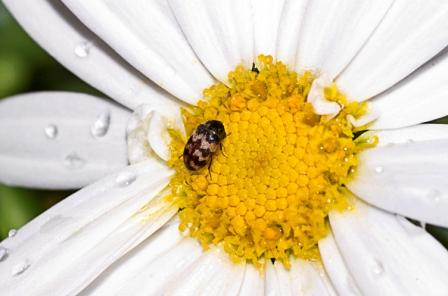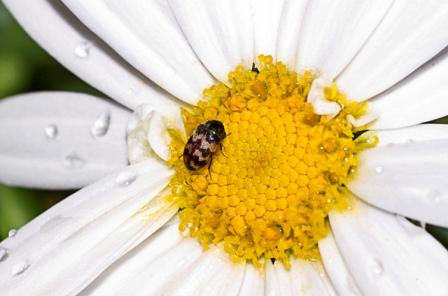As I’ve stated many times, The Department of Horticulture at Purdue University Cooperative Extension Service has tons of a great publications. The particular one that I want to share a portion of with you today is Spring Garden Calendar (HO-91-W). This article outlines some monthly Spring activities that will help make our indoor and outdoor plants and lawns to be more ready for summer. It is time to start preparing for Spring!
Indoor Plants & Activities
- Apply fertilizer to houseplants according to the label directions. As the days grow brighter and longer, the new foliage growths will require a high-nitrogen fertilizer; while blooming plants will require a higher amount of phosphorus.
- Remove spent leaves and flowers regularly to improve appearance and encourage blooming.
- Start seeds of cool season plants for transplanting outdoors later in spring. Check your local zone requirements.
Woody Landscape Plants & Fruit Trees
- Prune trees and shrubs while plants are still dormant. The spring bloomers should be pruned after the flower fades.
- Fertilize woody plants before new growth begins and after the soil temperatures have reached 40°F. Two pounds of nitrogen per 1000 square feet should be broadcast over the entire root area.
- Remove winter coverings from roses as soon as new growth begins. Keep mulch close for protection from late freezes. Prune and fertilize as needed.
- Apply superior oil spray to control scale insects and mites on landscape plants and fruit trees when tips of leaves start to protrude from buds.
- Remove tree wrap from trunks to prevent scalding due to overheating of the bark.
Lawn
- Rake to remove leaves, twigs and other debris.
- Mow lawn as needed. The first mowing should be slightly lower than normal to encourage green-up.
Flowers
- Prepare garden soil for planting. Do not work the soil while it is wet. Soil should crumble when squeezed in your hand when it is ready to work. If it forms a solid ball when squeezed, it’s still too wet.
- Fertilize soil as needed. If you’ve had a recent soil test, that will help you determine your fertilization and pH needs.
- Start seeds of warm season vegetables and flowers indoors.
- Watch for blooms of early spring bulbs such as daffodils, squill, crocus, dwarf iris and snowdrops.
- Remove old asparagus and rhubarb tops, and then side dress with nitrogen or manure.
More great articles can be viewed on Purdue University’s Extension website.



